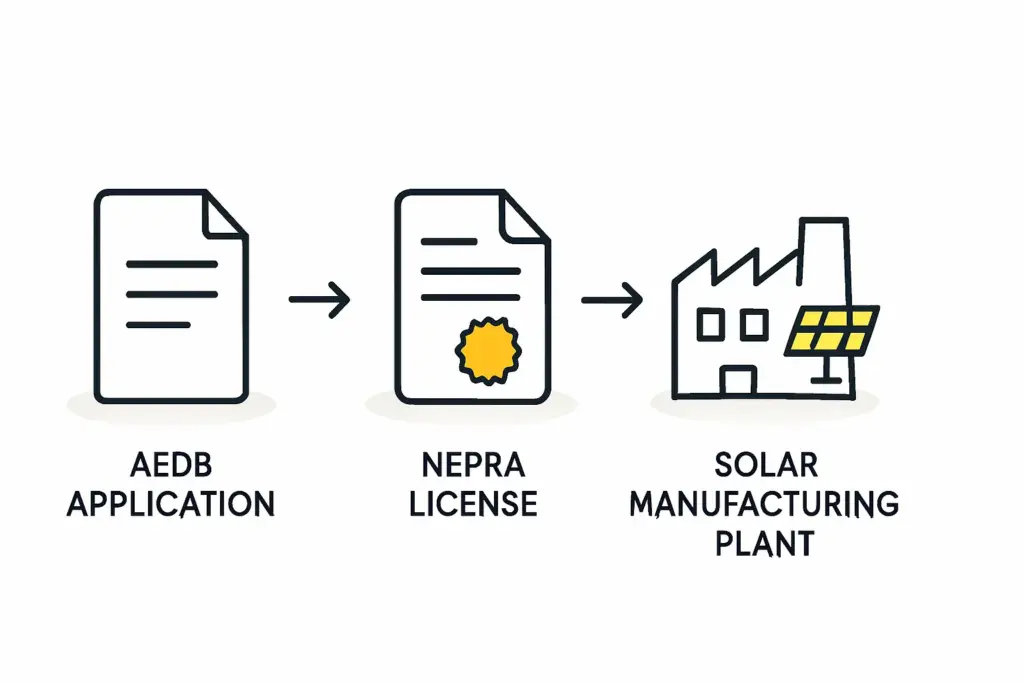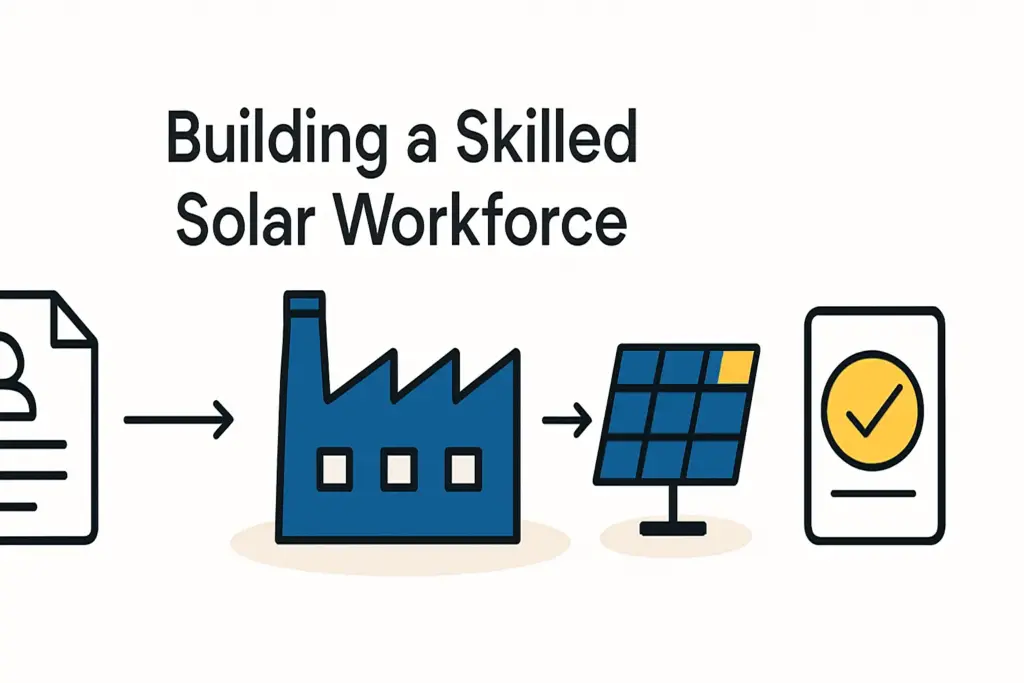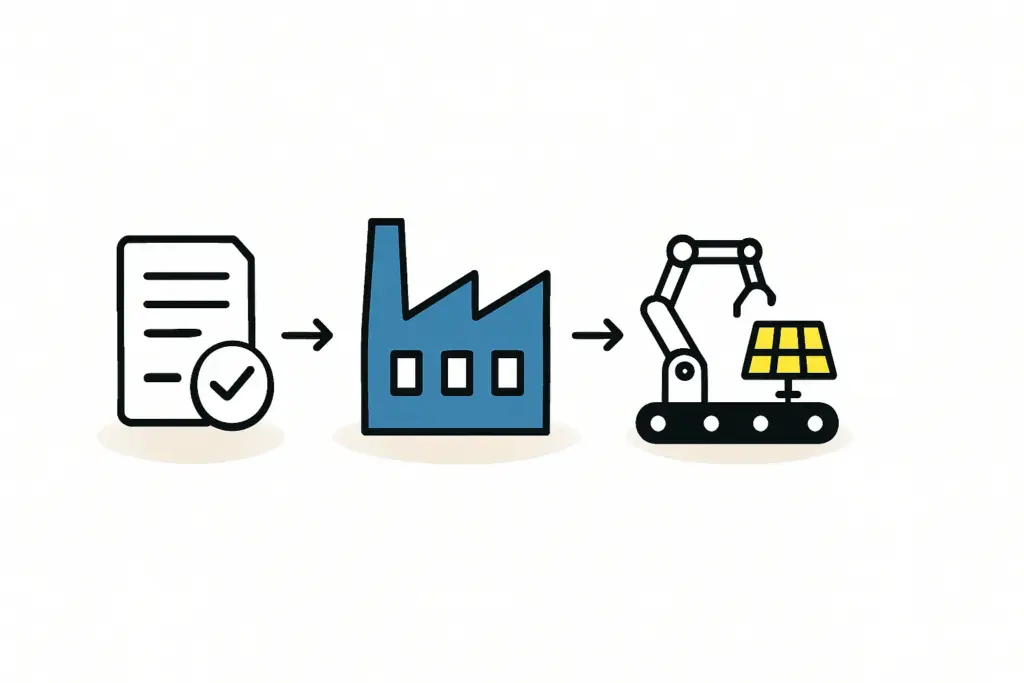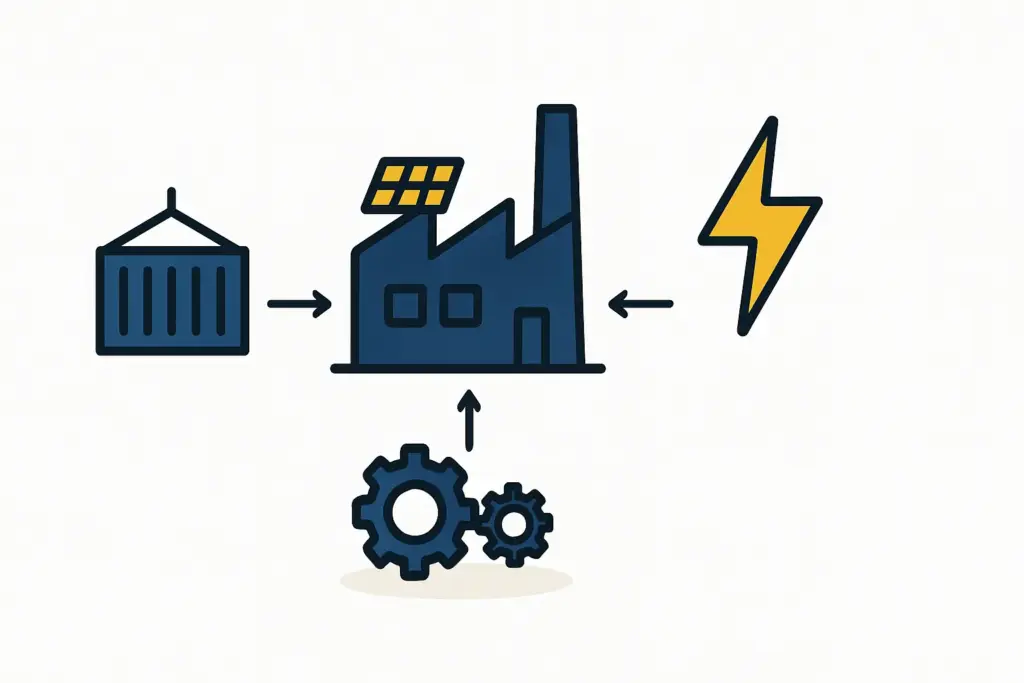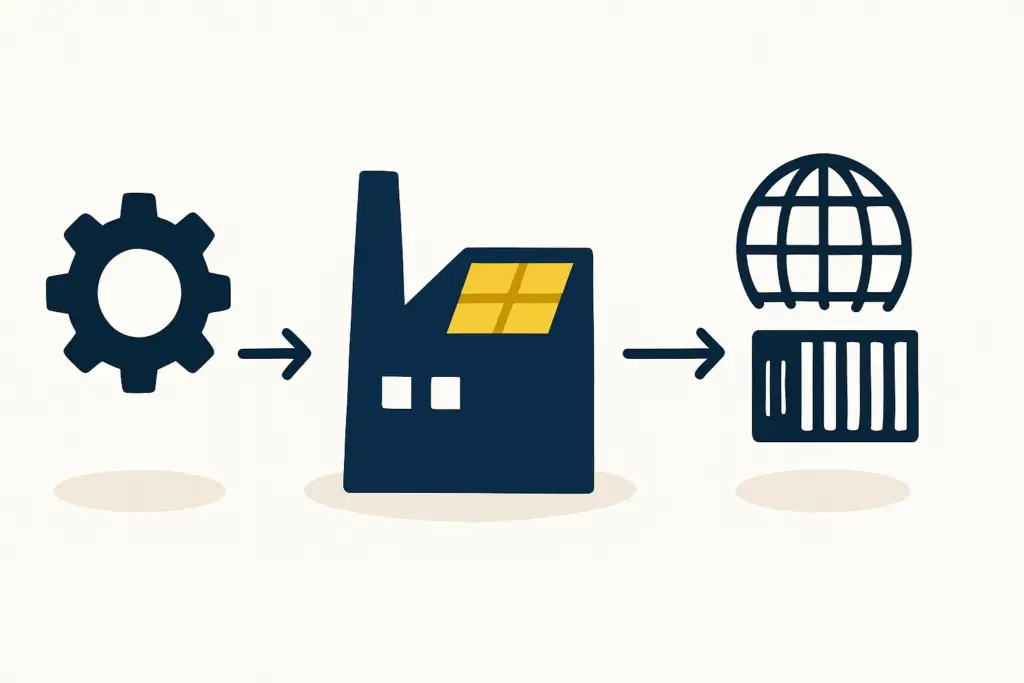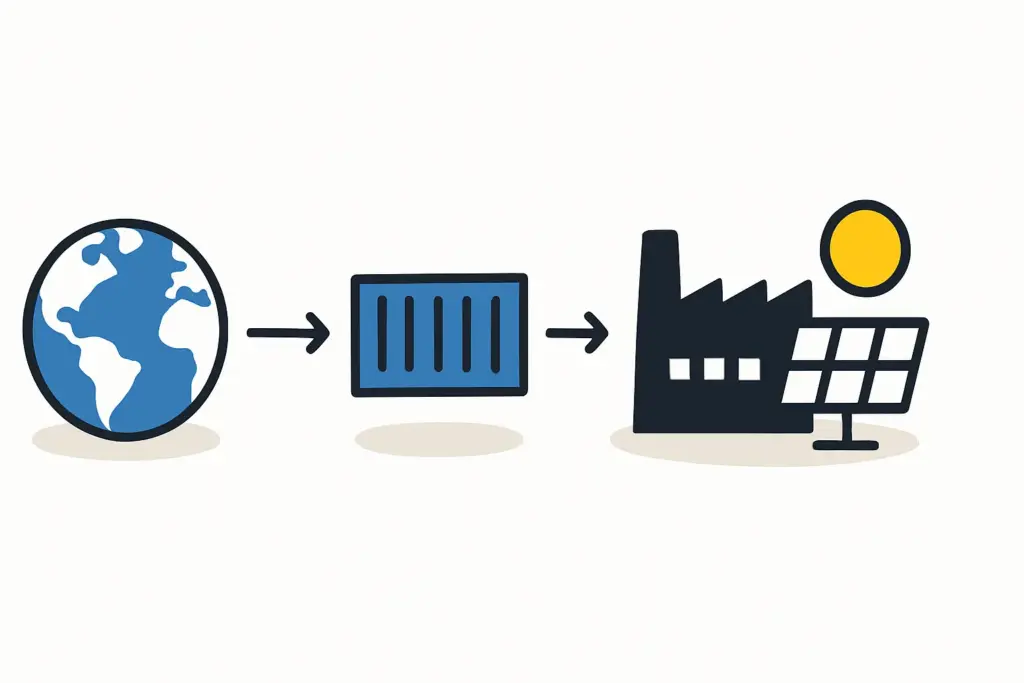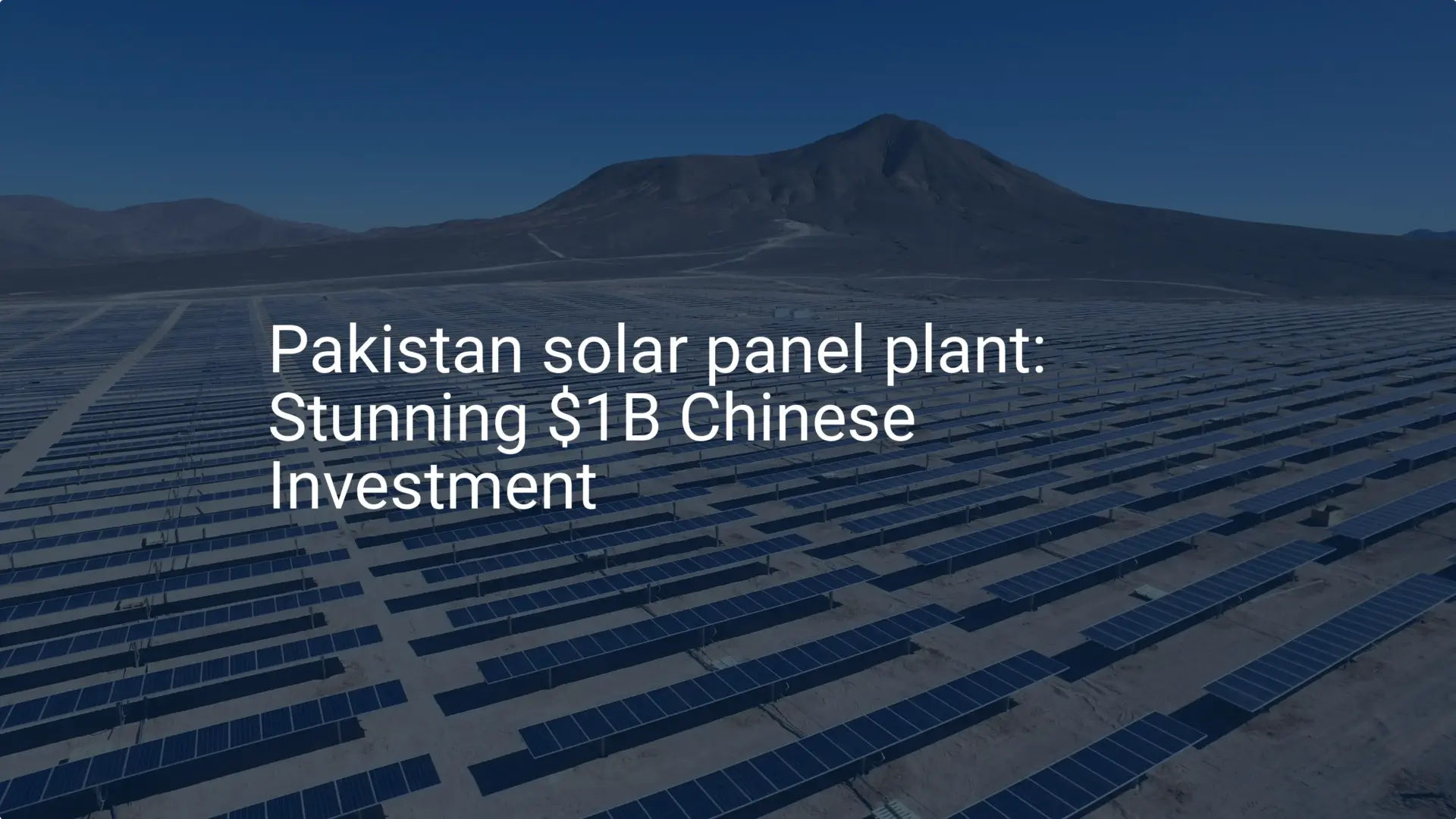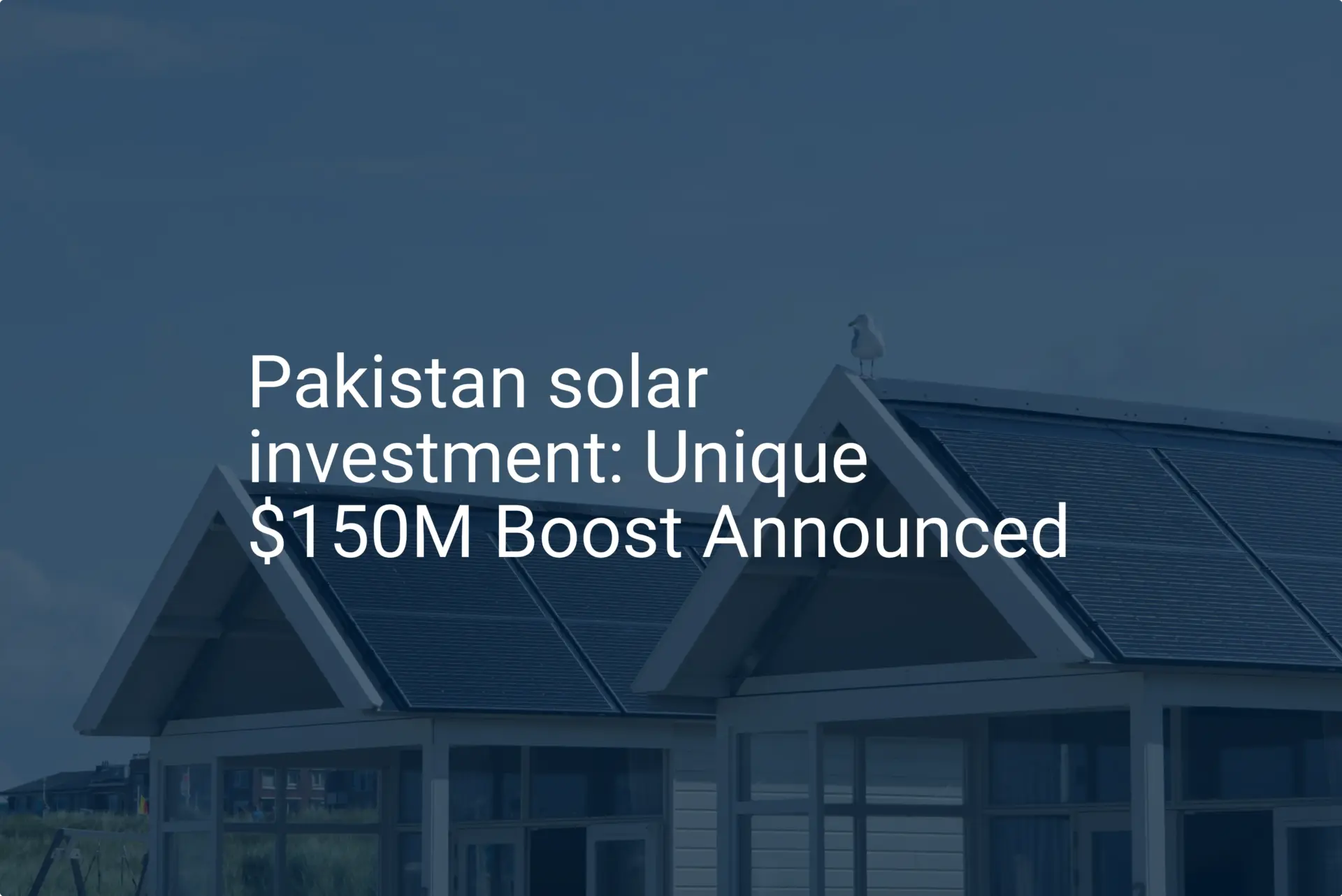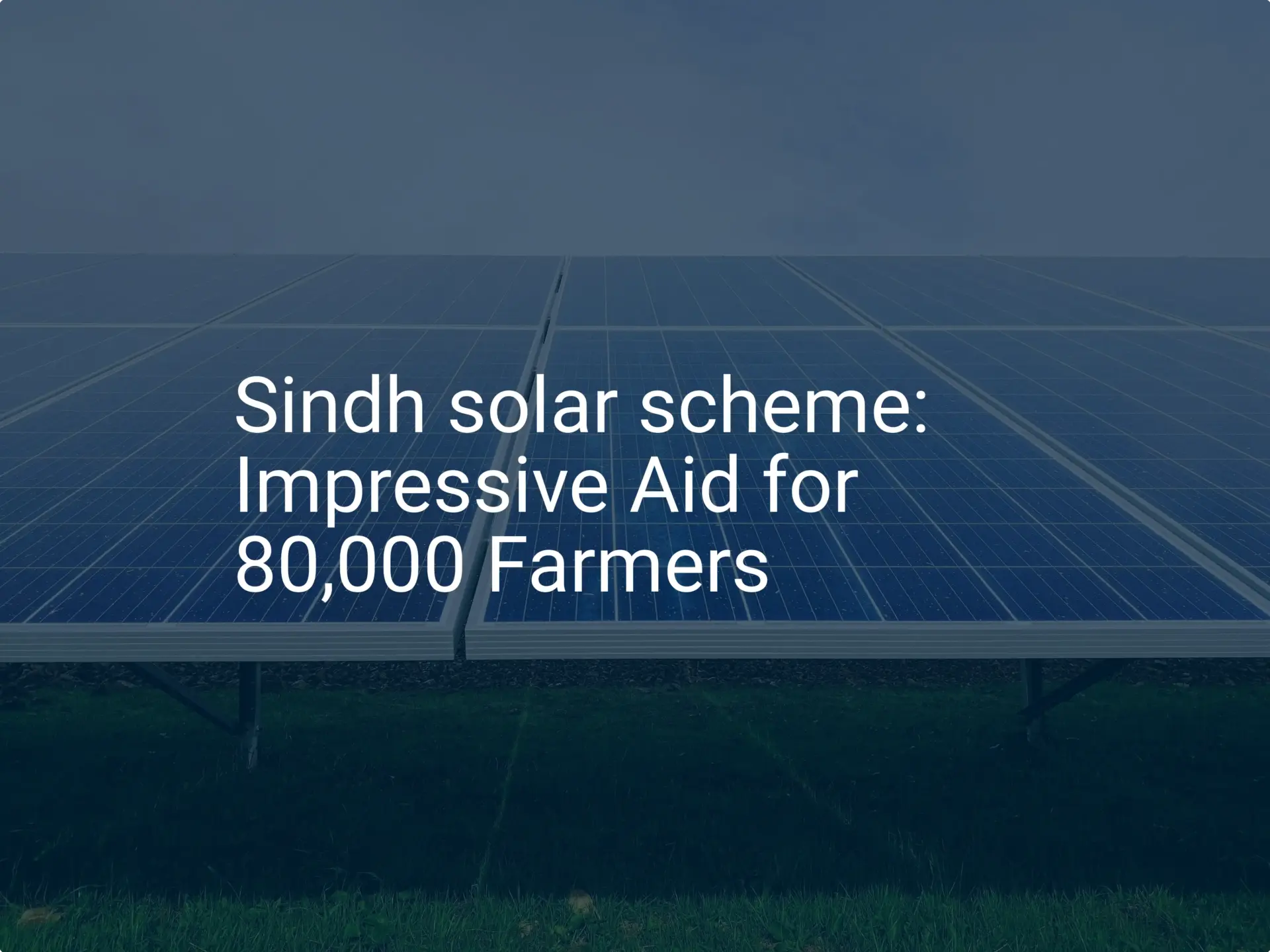Gain comprehensive insights into the statistics and metrics surrounding the solar production industry in Pakistan
- Wikipedia (December 1st, 2024). List of cities by sunshine duration, Retrieved December 16th, 2024 from https://en.wikipedia.org/wiki/List_of_cities_by_sunshine_duration?utm_source=chatgpt.com
- Institute for energy economics and financial analysis (August 2024). The Future of Net-metered Solar Power in Pakistan, Retrieved December 16th, 2024 from https://ieefa.org/sites/default/files/2024-08/IEEFA%20-%20The%20Future%20of%20Net-metered%20Solar%20Power%20in%20Pakistan_August%202024.pdf?utm_source=chatgpt.com
- Global Petrol Prices (nd). Pakistan electricity prices, Retrieved December 16th, 2024 from https://www.globalpetrolprices.com/Pakistan/electricity_prices/?utm_source=
- Business Recorder (January 15th, 2024). Seasonal grid instability challenges in Pakistan, Retrieved December 16th, 2024 from https://www.brecorder.com/news/40283690?utm_source=
- Wikipedia (Jnuaray 31st, 2024). List of power stations in Pakistan, Retrieved December 16th, 2024 from https://en.wikipedia.org/wiki/List_of_power_stations_in_Pakistan?utm_source=
- Neexgent (December 5th, 2024). Solar Panels in Pakistan by 2025, Retrieved December 16th, 2024 from https://www.neexgent.com/article/solar-panels-in-pakistan-by-2025.html?utm_source=
- Institute of development and economic alternatives (July 1st, 2024). Cost of electricity generation in pakistan – comparison of coal plants with oil and natural gas based plants, Retrieved December 16th, 2024 from https://ideaspak.org/wp-content/files_mf/1595325363ElectricityGeneration2020.pdf?utm_source=
- Statistica (August 20th, 2024). Distribution of electricity generation in Pakistan in 2023, Retrieved December 16th, 2024 from https://www.statista.com/statistics/1237548/pakistan-distribution-of-electricity-production-by-source/?utm_source=
- Researchgate (nd). Pakistan Load Shedding, Retrieved December 16th, 2024. https://www.researchgate.net/figure/Average-load-shedding-hours-per-day_fig4_370893417
- Infolink consulting (November 5th, 2024). Solar Energy in Pakistan: A Growing Market, Retrieved December 16th, 2024 from https://www.infolink-group.com/energy-article/solar-energy-pakistan-Growing-market?utm_source=
- Wikipedia (November 8th, 2024). List of power stations in Pakistan, Retrieved December 16th, 2024 from https://en.wikipedia.org/wiki/List_of_power_stations_in_Pakistan?utm_source=
- Wikipedia (September 18th, 2024). Solar power in Pakistan, Retrieved December 16th, 2024 from https://en.wikipedia.org/wiki/Solar_power_in_Pakistan?utm_source=
- LUMS (November 1st, 2024). Solar Panel Uptake: A Savior or A Recipe for Disaster?, Retrieved December 16th, 2024 from https://mhrc.lums.edu.pk/solar-panel-uptake-savior-or-recipe-disaster?utm_source=
- IEEFA (August, 2024). The Future of Net-metered Solar Power in Pakistan, Retrieved December 16th. 2024 from https://ieefa.org/sites/default/files/2024-08/IEEFA%20-%20updated%20-%20The%20Future%20of%20Net-metered%20Solar%20Power%20in%20Pakistan_August%202024_2.pdf?utm_source=
- Energy Central (nd). Rays of change: can Pakistan harness solar power shift?, Retrieved December 16th, 2024 from https://energycentral.com/news/rays-change-can-pakistan-harness-solar-power-shift?utm_source=
- Salary Explorer (nd). Solar Photovoltaic Installer Average Salary in Pakistan 2024, Retrieved December 16th, 2024 from https://www.salaryexplorer.com/average-salary-wage-comparison-pakistan-solar-photovoltaic-installer-c164j12679
- Worldometer (nd). Pakistan Population, Retrieved December 16th, 2024 from https://www.worldometers.info/world-population/pakistan-population/?form=MG0AV3
- Living cost (October 10th, 2024). Cost of living in pakistan, Retrieved December 16th, 2024 from https://livingcost.org/cost/pakistan?form=MG0AV3
- URAAN Pakistan (nd). ENERGY, Secure, Sustainable and Affordable, Retrieved December 16th, 2024 from https://uraanpakistan.pk/energy/?form=MG0AV3
- Energy Update Magazine (April 20th, 2024). 10-year solar panel manufacturing policy finalized, Retrieved December 16th, 2024 from https://www.energyupdate.com.pk/2024/04/20/10-year-solar-panel-manufacturing-policy-finalised/?form=MG0AV3
- Framework Guidelines (nd). Fast Track Solar PV Initiatives 2022, Retrieved December 16th, 2024 from https://www.power.gov.pk/SiteImage/Policy/Framework_Guidelines___Fast_Track_Solar_PV_Initiatives_2022.pdf?form=MG0AV3
- Ray Electric (July 24, 2024). Government Incentives for Solar Panels in Pakistan, Retrieved December 16th, 2024 from https://rayelectric.pk/government-subsidies-for-solar-panels-in-pakistan/?form=MG0AV3
- Wikipedia (September 18th, 2024). Solar power in pakistan, Retrieved December 16th, 2024 from https://en.wikipedia.org/wiki/Solar_power_in_Pakistan?utm_source=
- Power Technology (September 9th, 2024). Top five solar PV plants in operation in Pakistan, Retrieved December 16th, 2024 from https://www.power-technology.com/data-insights/top-five-solar-pv-plants-in-operation-in-pakistan/
- Royal Solar Energy (July 6th, 2023). Top Solar Companies in Pakistan, Retrieved December 16th, 2024 from https://royalsolar.pk/top-solar-companies-in-pakistan/
- Mordor Intelligence (2024). Solar Energy in Pakistan Market Size & Share Analysis – Growth Trends & Forecasts (2025 – 2030), Retrieved December 16th, 2024 from https://www.mordorintelligence.com/industry-reports/pakistan-solar-energy-market





